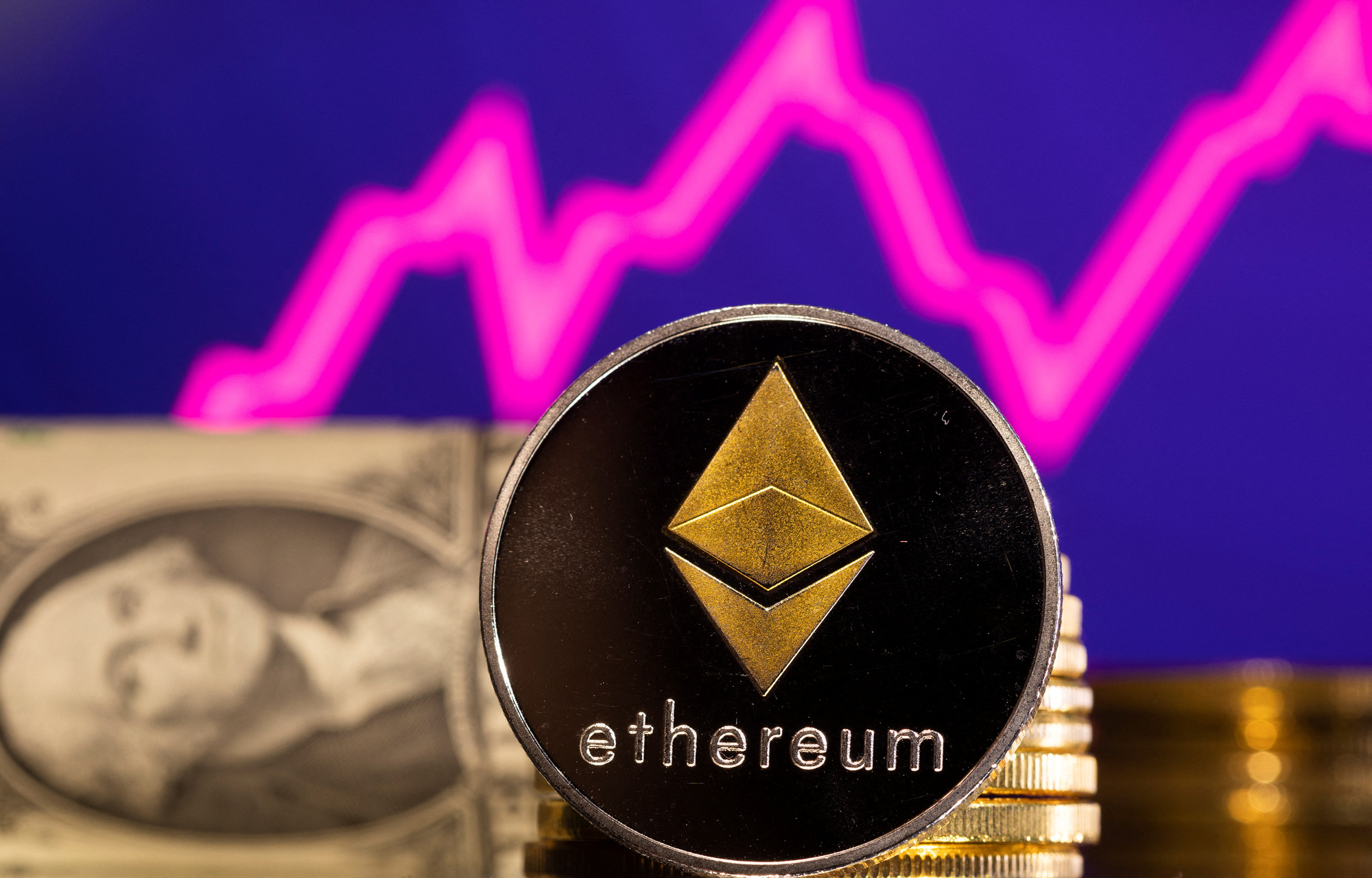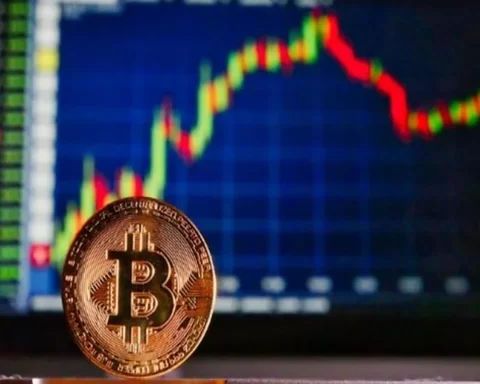Ether’s price has experienced a remarkable 31.3% surge between March 10 and March 18, coinciding with the Federal Reserve’s intervention to address the Silicon Valley Bank’s insolvency with a $300 billion injection. Subsequently, Ether (ETH) has maintained a daily closing price exceeding $1,600.
However, concerns are now emerging regarding Ether’s ability to sustain this support level.
This skepticism arises amidst the bearish sentiment prevailing in the cryptocurrency sphere and declining metrics within the Ethereum network.
Over the last six months, the cryptocurrency landscape has been fraught with negative developments.
One prominent issue is the financial struggles of Digital Currency Group (DCG), the parent company of Grayscale mutual fund manager.
Worries are escalating that a portion of the $4.8 billion worth of ETH deposits in the Grayscale Ethereum Trust might be liquidated to address DCG’s debts.
Furthermore, two global heavyweights in the crypto exchange arena, Binance and Coinbase, are embroiled in legal disputes with the United States Securities and Exchange Commission (SEC).
Additionally, initial excitement surrounding the prospect of futures-based Ether exchange-traded funds (ETFs) in early August has waned, with these instruments differing from spot ETFs as they don’t involve actual ETH coins.
In addition to these unfavorable market conditions, Ethereum’s on-chain metrics reflect a stagnation in demand, both in terms of ETH investments and smart contract transactions.
The number of Ethereum addresses holding at least $1,000 worth of ETH deposits is at its lowest level in nearly six months, despite Ether’s peak price of $2,130 in mid-April.
Part of the waning investor interest is attributed to Ethereum’s average transaction fee remaining above $4 for the past six months.
Consequently, despite fluctuations in network staking metrics, there seems to be no increase in the total number of investors when using the $1,000 threshold as a proxy.
Furthermore, data on decentralized application (DApps) activity on the Ethereum network supports the idea of a lack of new users.
READ MORE: Legal Industry Rakes in Over $700 Million from Cryptocurrency Bankruptcies
Even when excluding the significant 60% decline in the Uniswap NFT Aggregator, the average number of active addresses across the top Ethereum network DApps has decreased by 4% compared to the previous month.
From cryptocurrency games to decentralized exchanges, nonfungible token marketplaces, and Web3 services, all sectors have seen a decline in active users, according to DappRadar.
Regarding token activity on the network, with the exception of stablecoins and Wrapped ETH, no project has recorded more than 13,000 unique receiver addresses over the past week.
This analysis underscores the current constraint of Ethereum’s network by its relatively high transaction fees, limiting active user numbers.
Without an increase in network activity, catalysts for a price recovery, such as potential network upgrades and cost reduction or improved user privacy implementations, remain elusive.
Furthermore, recent developments have disappointed Ethereum enthusiasts.
Visa has integrated Solana blockchain settlement capabilities, and Coinbase has announced plans to assist partners in converting old USDC versions to the new format, following Circle’s USD Coin (USDC) introducing native accounts and transfers on the Base chain.
Rune Christensen, co-founder of MakerDAO, has even proposed developing the project’s native chain based on Solana’s codebase, despite its previous affiliation with Ethereum.
Given the overall bearish sentiment in the cryptocurrency market, including legal challenges faced by exchanges and dwindling interest in cryptocurrencies according to Google Trends data, the likelihood of Ether’s price dipping below the $1,600 support level has increased.
Other Stories:
Micro Bitcoin Mining Devices: Embracing Transparency and Community Over Profits
Japanese Financial Regulator FSA Proposes Tax Code Overhaul for Crypto Assets




